Introduction to High Speed Rotary Encoders
High speed rotary encoders are precision devices designed to convert the angular position or motion of a shaft into a digital or analog signal. These devices are widely used in applications requiring fast and accurate measurement, such as robotics, automation, and industrial machinery. Their ability to provide real-time feedback makes them crucial for high-performance systems that rely on precise control and monitoring.
Types of High Speed Rotary Encoders
- Incremental Rotary Encoders: These encoders provide information about the change in position rather than the absolute positioning. They are ideal for applications that require continuous rotation and feedback on speed and direction.
- Absolute Rotary Encoders: These provide a unique position value for each angle of the shaft. They are essential in systems where it’s critical to know the exact position even after power loss.
- Optical Rotary Encoders: Utilizing light and photodetectors, these encoders are highly reliable and provide accurate readings, making them preferable in high-speed applications.
- Magnetic Rotary Encoders: These use magnetic fields to determine the position of the rotor. They are robust, resistant to dust and moisture, and work well in harsh environments.
Features and Applications of High Speed Rotary Encoders
- High Resolution: High speed rotary encoders offer superior resolution, which allows for fine control in motion applications.
- Robust Build: Designed to withstand extreme conditions, these encoders feature durable materials that enhance their longevity.
- Real-time Feedback: High speed encoders provide instantaneous data transmission, crucial for applications that require real-time response.
- Applications:
- Industrial Automation: Implemented in conveyor systems for precise control of speed and position.
- Robotics: Essential for motor control, enabling smooth and accurate movement of robotic arms.
- Automotive: Used in vehicle dynamics systems for precise measurements of wheel and axle motion.
- Medical Equipment: Applied in devices like MRI machines to ensure accurate positioning within the scan.
How to Choose a High Speed Rotary Encoder
Selecting the right high speed rotary encoder for your application involves several key considerations:
- Type of Encoders: Determine if an incremental or absolute encoder meets your application needs better.
- Resolution Requirements: Assess the precision required for your process and choose an encoder that offers appropriate resolution.
- Environmental Conditions: Evaluate the conditions in which the encoder will operate, such as temperature, humidity, and exposure to dust or moisture.
- Communication Interface: Ensure compatibility with your existing systems by selecting encoders with the right output signal format (e.g. analog, digital).
- Mounting and Size: Consider the available space and the mounting options, choosing a size that fits seamlessly into your design.



































































































































































































































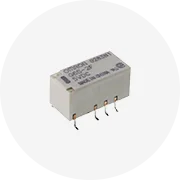
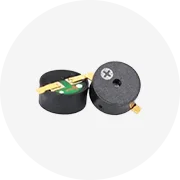


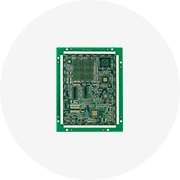

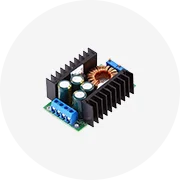

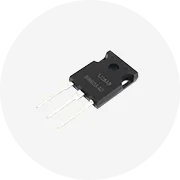
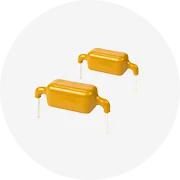
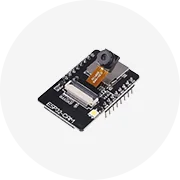
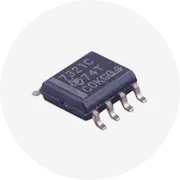
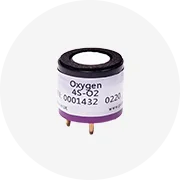
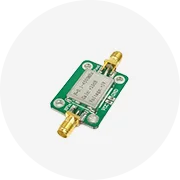






 浙公网安备 33010002000092号
浙公网安备 33010002000092号 浙B2-20120091-4
浙B2-20120091-4